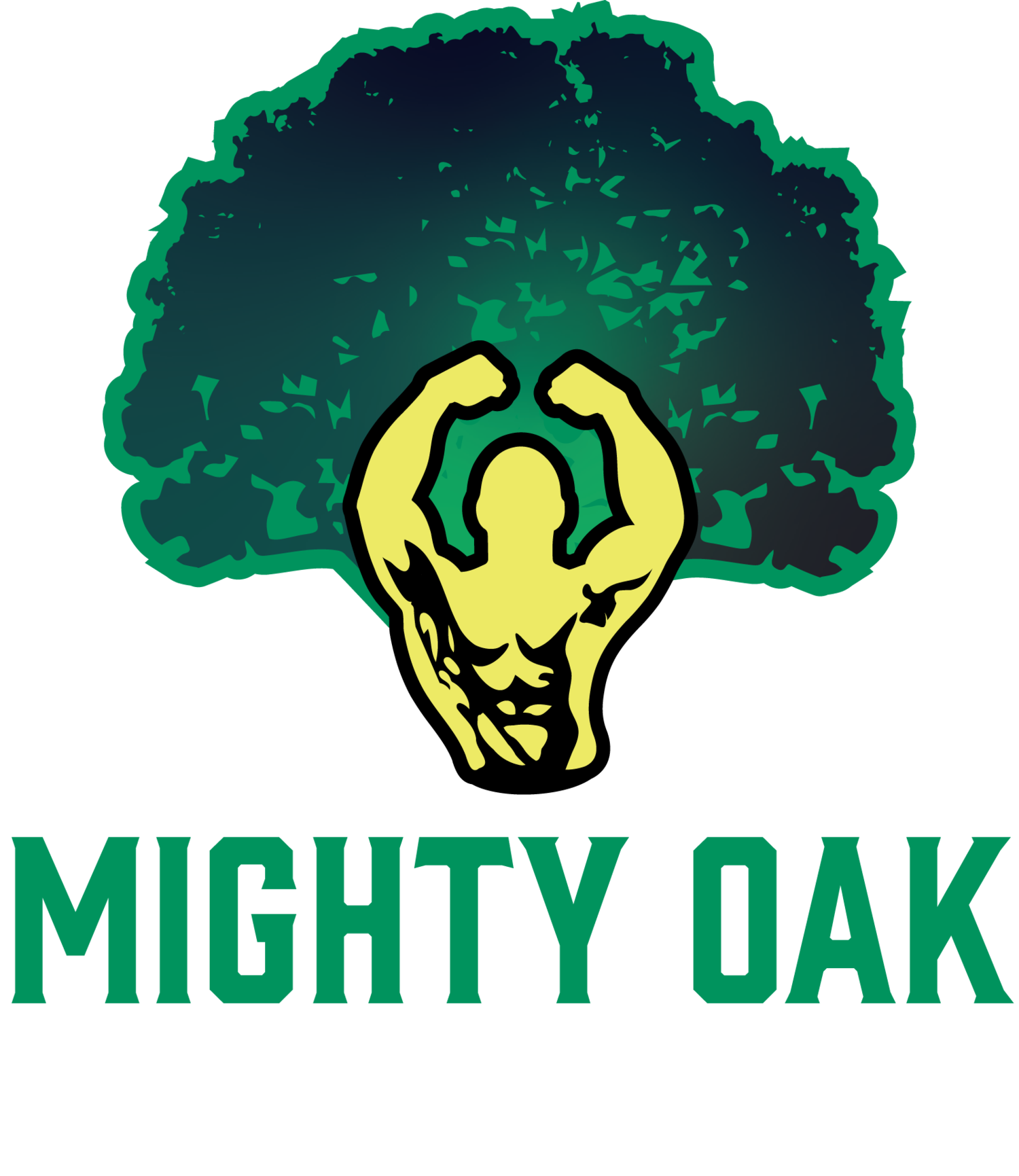The Ultimate Guide to Mastering the Deadlift for Sports Performance and Injury Prevention
The Deadlift - A Keystone for Sports Performance and Injury Prevention in Young Athletes
The deadlift, often revered and sometimes feared, stands as a cornerstone in the edifice of strength training. Its reputation as one of the most effective and comprehensive exercises in enhancing sports performance and preventing injuries, especially among young athletes, is well-founded. When performed with meticulous attention to proper technique, the deadlift transcends its intimidating facade, revealing itself as a beacon of safety and efficacy in the realm of athletic development.
Integral to Sports Performance
The deadlift's primary allure lies in its unparalleled capacity to simulate real-world movements and sports-specific tasks. This exercise engages a symphony of muscles, from the posterior chain, including the hamstrings, glutes, and lower back, to the core, forearms, and grip strength. Such comprehensive activation mirrors the multifaceted demands of sports, where power, stability, and endurance converge.
For young athletes, the development of these attributes through deadlifting can lead to significant improvements in performance. The power generated from the lower body is crucial for sprinters in track, for explosive movements in basketball and volleyball, and for the dynamic actions in soccer and football. Moreover, the deadlift's emphasis on core strength and stability directly translates to better balance and coordination, enhancing agility and reducing the risk of falls and missteps in all athletic endeavors.
A Bulwark Against Injuries
The injury-preventive benefits of the deadlift are twofold. Firstly, by strengthening the muscles around critical joints, particularly the knees, hips, and lumbar spine, the deadlift fortifies the body's natural armor against the impact and strain inherent in sports. This muscular reinforcement helps in dissipating forces more effectively, thereby reducing the burden on the joints themselves.
Secondly, the deadlift instills a profound understanding of proper lifting mechanics, which young athletes can apply beyond the gym. The emphasis on core engagement, neutral spine alignment, and controlled movements is a lesson in how to safely handle external loads, whether in training, competition, or daily activities. This knowledge is invaluable in minimizing the risk of non-contact injuries, which often result from improper movement patterns or technique.
Safety Through Proper Technique
The cornerstone of reaping the deadlift's benefits while ensuring safety is the unwavering commitment to proper technique. It begins with a solid foundation: a stance that's shoulder-width apart, a grip just outside the legs, and the bar over the mid-foot. The lift progresses by driving through the heels, keeping the bar close to the body, and engaging the core, with the spine in a neutral position throughout. The ascent is controlled and deliberate, as is the descent, where the bar is lowered by bending the hips and knees, maintaining the back's integrity.
For young athletes, mastering these nuances under the guidance of a qualified coach is paramount. Progressive overload, where the weight is gradually increased as strength and proficiency improve, ensures a safe trajectory of improvement. Additionally, incorporating accessory exercises that target the deadlift's primary muscle groups can fortify the athlete's overall strength and resilience, further safeguarding against injury.
The deadlift, when embraced with respect for its demands and dedication to proper form, stands as a mighty oak in the landscape of athletic training. For young athletes, it offers a path to enhanced sports performance, grounded in the principles of power, stability, and endurance. Simultaneously, it serves as a stalwart guardian against injury, equipping athletes with the strength and knowledge to navigate their sports endeavors with confidence. Thus, the deadlift, far from being a mere exercise, is a lifelong investment in the health, prowess, and potential of the young athlete.
